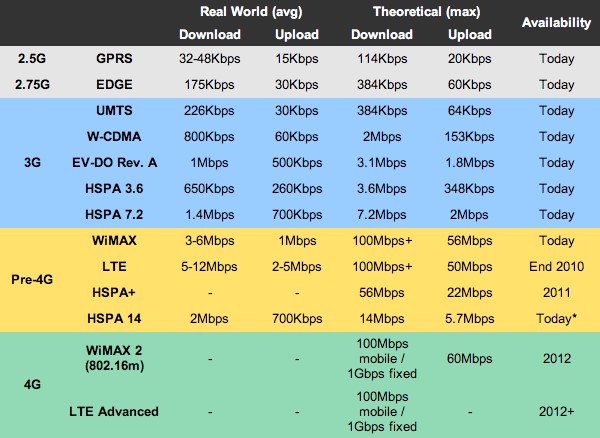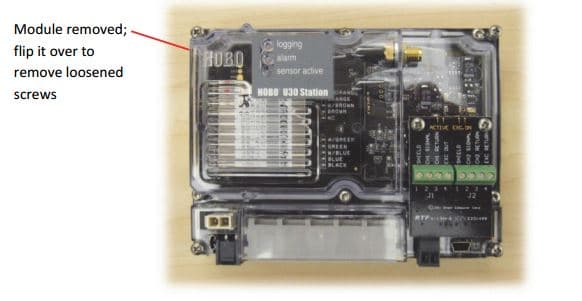Wireless access comes in many forms – the cellular access is quite extraordinary in how useful it’s been – untethered access. There are hidden undercurrents for remote sensing M2M (machine-2-machine) – cellular technology shoals that can beach the unwary. I got beached – so I’m sharing it.
Whether or not it’s on Sparkfun or publiclaboratories.org low cost cellular modems are being discussed and promoted, though its turning out cellular fixed modems need to have special considerations. Professional equipment suppliers may have a selection of equipment.
ATT announced recently plans for their 2G network is to go dark. What does that mean.! Will T-mobile do the same, and how does it affect ….. questions.
It turns out that the GSM 2G and 3G+(4G/LTE) network are overlays – they use the same towers, but have different equipment behind the antennas, and that means space & rental costs in the telecom equipment buildings.
I was part of a team that found out the hard way about the cellular technology shoals. We have ongoing remote sensing using an Onset U30-GSM with an ATT data subscription. After a storm – some of the equipment stopped reporting – there was a report of lightening in the region, but lightening isn’t common in this part of the world.
The sites are a couple of hours drive away – and nothing showed up onsite. Site visitors Verizon and ATT and T-mobile phones could get service. An “internet investigation” on cell towers, showed that our U30-GSM equipment that had stopped reporting was in the vicinity of one cell tower – that wasn’t designated an ATT tower, possibly renting its equipment to ATT. Another tower down the road and the U30-GSMs close by were reporting in no problem. This tower was labeled as an ATT tower. I did the “internet investigations” and should say its luck to find anything on cell towers and may not be that authorative.
Onset’s Technical Support were real champs – helpful and responsive – and helped as much as they could – but they were in an office a 1000 miles away, probably looking at messages arriving on their servers.
When we purchased the Onset U30-GSM it was specified as GSM – Wireless Radio Quad‐Band GSM 850/900/1800/1900 MHz
Now Onset have a U30-C3G – compatible for 3G+ networks, and Onset Technical Support shipped us out a new U30-C3G system to try on site.
U30-C3G GSM/GPRS/EDGE: Quad band 850/900/1800/1900MHz, UMTS/HSPA+: Five band 800/850/900/1900/2100MHz
In addition I enabled my Nexus 5 android cellphone with a “GSM Field Test Pro” app/ATT SIM and an older android phone with a T-Mobile SIM card– I went back to explore the wireless waves.
Round our equipment that was reporting there was an ATT 2G and 3G signal, as well as T-mobile 2G/3G. Verizon and Sprint use CDMA which doesn’t show for 2G/3G and I didn’t have any equipment that could monitor for them.
Round the equipment not reporting, there was T-mobile 2G and 3G signal, but only ATT 3G. The ATT 2G must have been there as the U30-GSMs had worked.
Trying out the new U30-C3G it connected. Hurrah!
The U30-GSM/C3G uses the ATT network – and ATT and T-mobile are ummm “mortal enemies” – well at least they don’t share data networks, so maybe just arrogant service providers. The cellular network takes some pain understanding it – and if you don’t like one service provide go to another – which works for consumer cellphones. Except of course we couldn’t – the equipment is locked into a service provider.
It turns out that 2G and 3G are “fashion statements” by the telecom industry. The actual signals have defined protocols and fit into broad brackets called 2G and 3G and 4G – and if doing remote M2M monitoring its helpful to know this.
A lot of cellular modems are 2G – including new data modems coming onto the market at a low cost using the last gasps of the 2G network. I just bought a new XBee format one last year. Beware the technology shoals of cellular networks going dark
Here is a chart I found of GSM 2G, 3G, 4G to technology/specification mapping. For remote sensing there is usually a need for a basic connection – and basic remote sensing equipment really doesn’t need speed – just periodic connections. You get what you get and this is where the cellular industry is going.
Onset Technical Support provide a field replaceable unit to upgrade the equipment under warranty, and a nominal charge to upgrade the U30s not under warranty.
It was still a bunch of work to update the field U30s, but now it can be done on a maintenance schedule instead of as an emergency.
Thanks Onset Technical support staff. Good job.
(Any opinions or thoughts expressed in this article are those only of the author)

 Welcome to EnviroDIY, a community for do-it-yourself environmental science and monitoring. EnviroDIY is part of
Welcome to EnviroDIY, a community for do-it-yourself environmental science and monitoring. EnviroDIY is part of 
